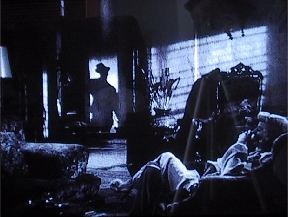Why is story boarding important?
- Pitching an idea
- Links planning to the filming process
- Visualize images and ideas
- Visualize links between shots, action/graphic matches (when similar shapes/objects are linked between scenes)
- Timings, continuity and pace
- Technical awareness and understanding
- Revise narrative sequencing
- Chance to make decisions and revisions.
Things to include when we make a storyboard:
-number all of the shots as this makes it easier to edit.
-use arrows to show where the camera/character is moving.
-put the estimate of the times of each shot.
Story boarding is really important to the planning process, and it has made us think in detail about what we want to incorporate in our title sequence, this is our storyboard -

However, after this lesson on storyboarding we have decided to enhance it, as we do not feel it is detailed enough after having given a more detailed look into the storyboarding process.

















.jpg)



